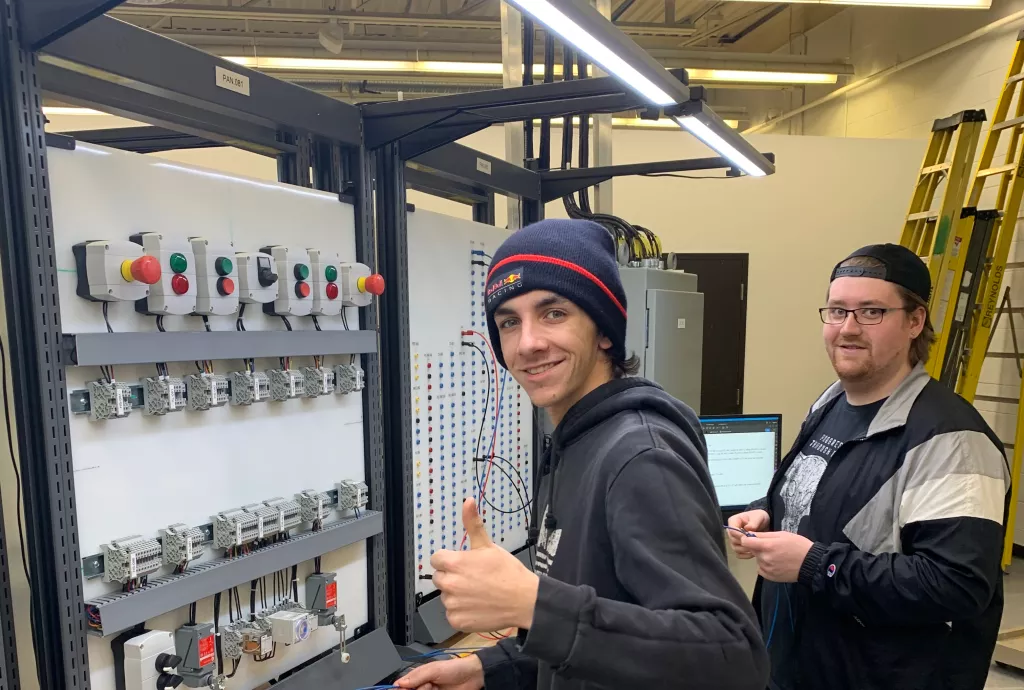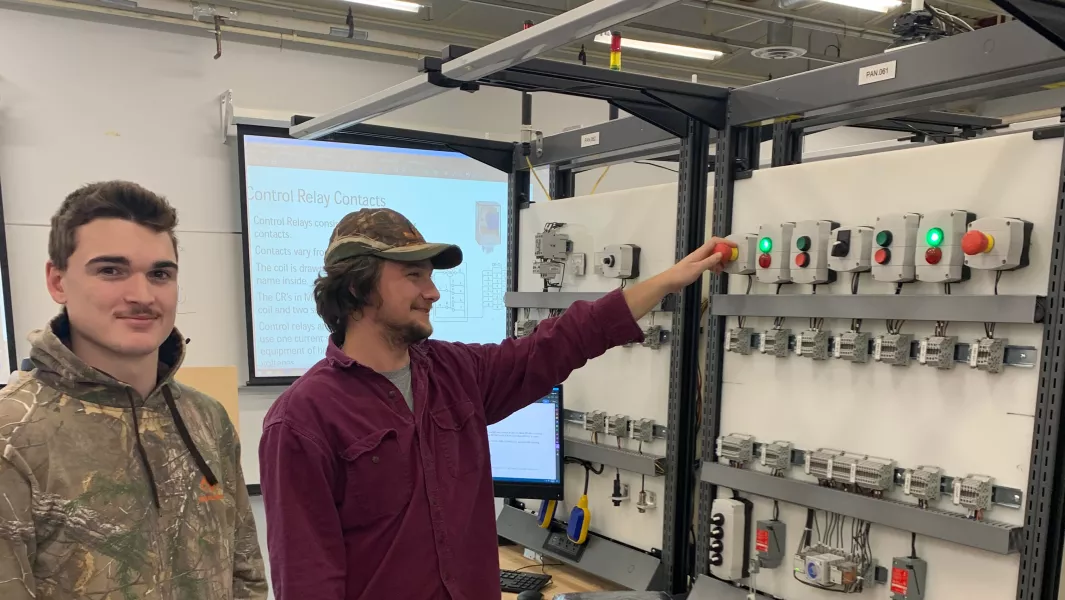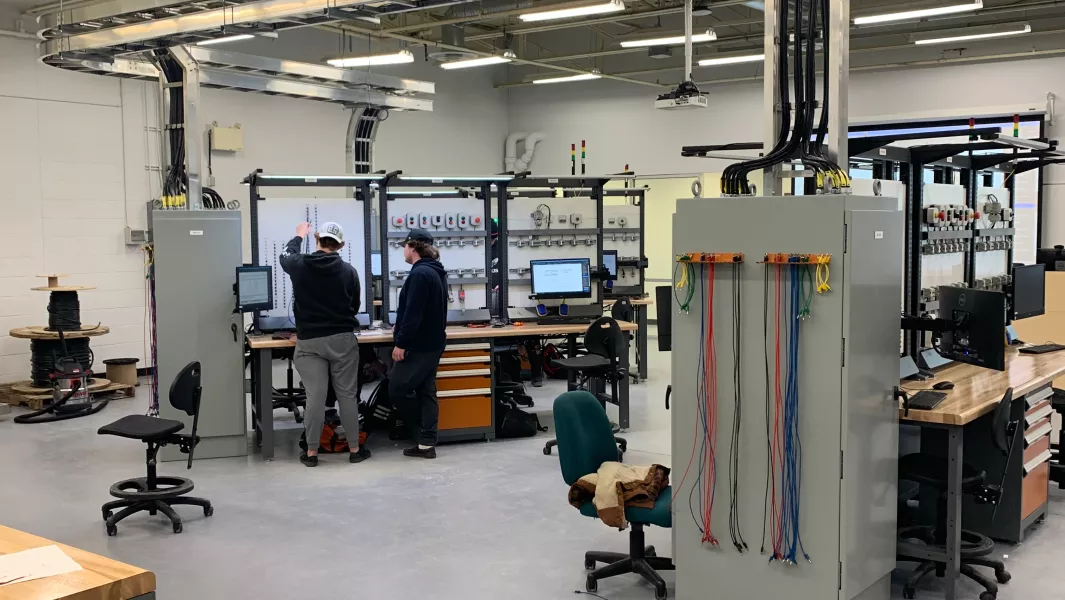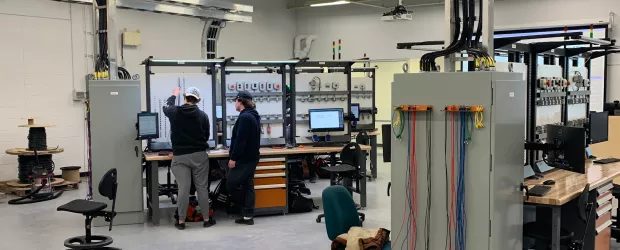| MA 231 |
Mathematics II |
42 |
Expand
|
|
| This mathematics course continues from where its prerequisite, MA133, ends. Much of the content continues to review further fundamental concepts and skills necessary for a wide range of technology programs. Topics covered include: complex numbers, radian measure, sine and cosine graphs, trigonometric identities and equations, special algebraic products and factoring, algebraic fractions, quadratic equations, exponents, radicals, and exponential and logarithmic functions. |
| CS 219 |
Communications for Technology |
42 |
Expand
|
|
| This course emphasizes the importance of oral and written communication in an industrial and business setting. In Communications for Technology, students will work on independent and group projects and apply problem-solving techniques to develop both their individual and team building skills. Students will apply computer-technology and a variety of resources for researching, writing and presenting technical data into a clear and concise format. |
| EL 210 |
Prints & Canadian Electrical Code I |
56 |
Expand
|
|
| Upon successful completion of this course, students will be able to navigate and apply relevant sections of the Canadian Electrical Code (CEC), interpret and use information from electrical drawings, specifications, and standards related to single-phase installation and maintenance, and create basic electrical drawings and schedules for practical applications. |
| EL 211 |
Installation Methods |
56 |
Expand
|
|
| After successful completion of this course, students will be able to summarize electrical trade practices related to safety requirements and the proper use of tools and equipment. They will also be able to demonstrate the installation and maintenance of single-phase service, distribution, and branch circuit equipment, as well as develop corresponding electrical schematics. |
| EL 261 |
Electrical II |
70 |
Expand
|
|
| This course introduces the student to alternating current circuit analysis techniques. Generation of the sine wave and the relationship between frequency, peak values, RMS value and phase angle will be covered. It uses vector mathematics to calculate reactance, impedance, and voltage, current and phase angle. Students will be introduced to electronic test equipment; they will demonstrate their ability to use the oscilloscope and other measuring equipment to measure amplitude, frequency and phase angle of reactive circuits. |
| EL 267 |
Electronics II |
70 |
Expand
|
|
| Students will examine the atomic structure of semiconductors, diode theory and applications; rectify circuits, special purpose diodes, bipolar transistors and their characteristics, biasing circuits, NPN and PNP and common-emitter configurations. This will establish the foundation for understanding the circuits found in computers today. |
| EL 269 |
Introduction to CAD |
28 |
Expand
|
|
| This course is an introduction to Computer Aided Drafting (CAD) using AutoCAD software. The student will focus on all 2-D commands of AutoCAD including basic drawing and editing functions, plotting, and general drawing file maintenance. The drawing assignment material is directed to the reproduction of electrical schematics, process flow diagrams, electrical wiring and motor control ladder logic diagrams. The student also examines the processes in an engineering project for required drawings, specifications and documentation. |










